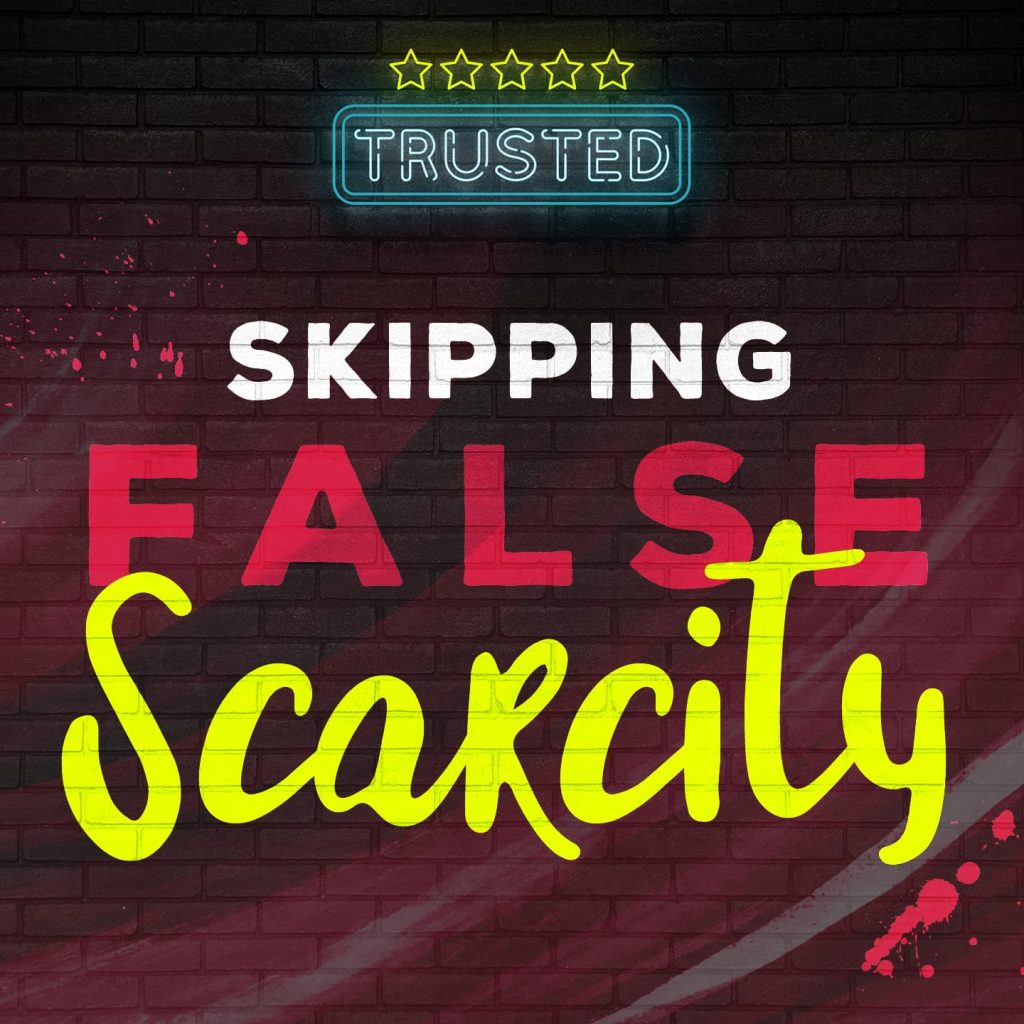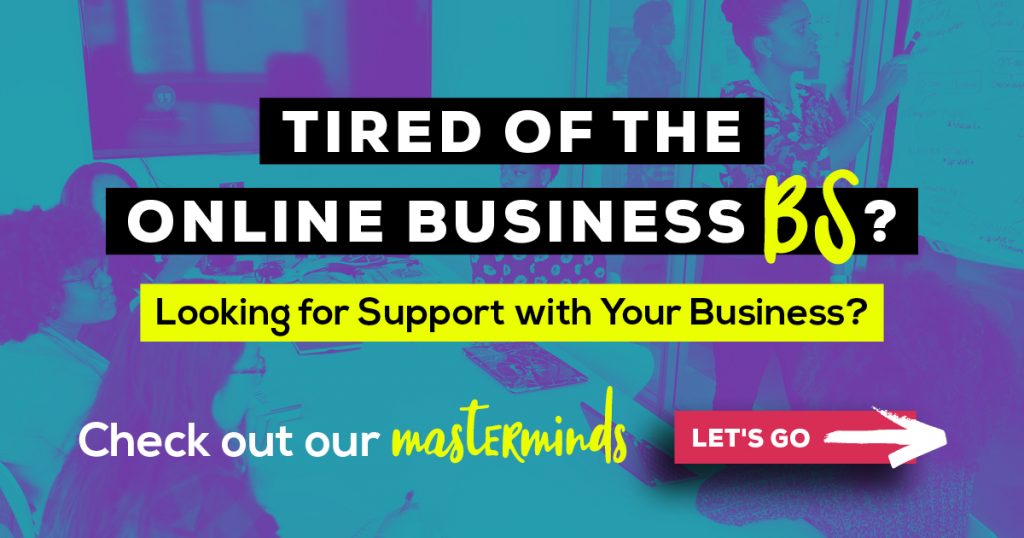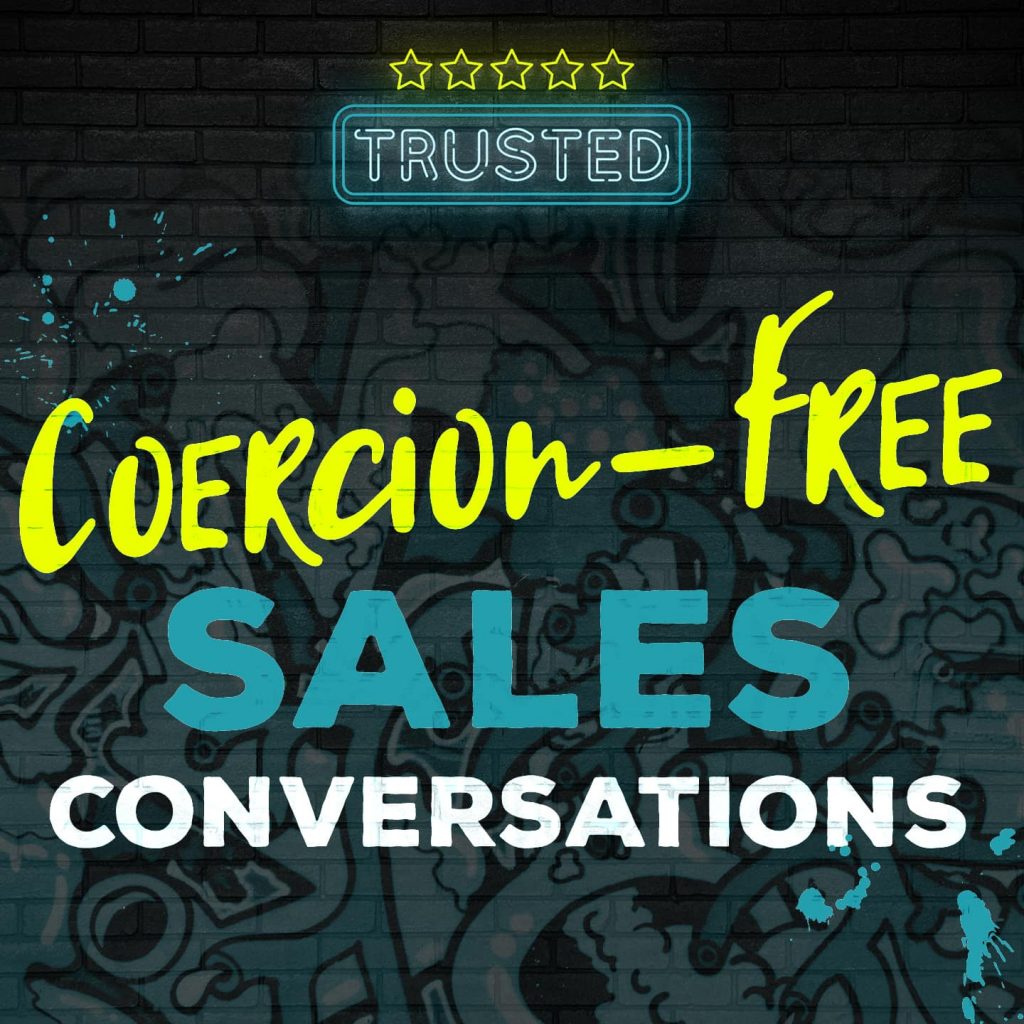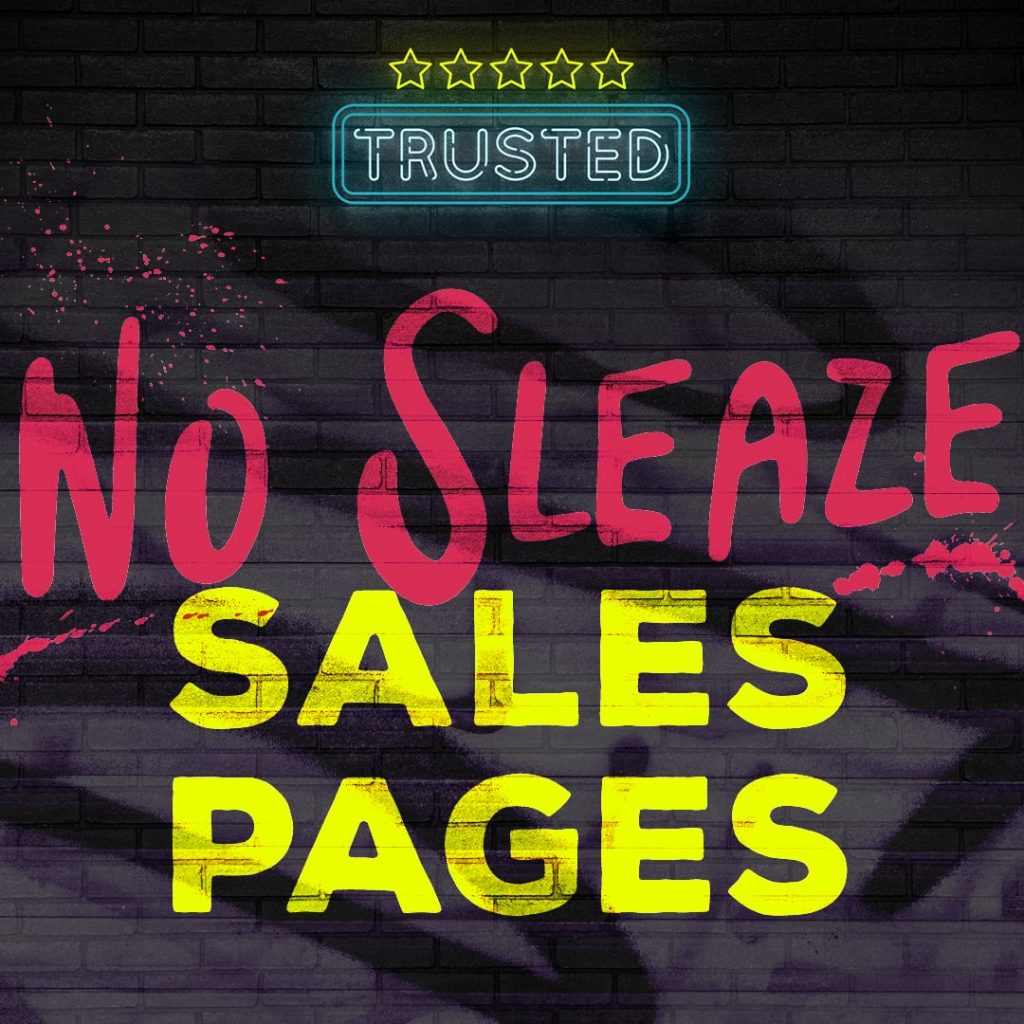
Skipping False Scarcity
In an industry that’s constantly calling you out for your scarcity mindset, it’s surprising how prevalent the use of scarcity is. At every turn, we’re being pressured to say yes using a host of tactics designed to activate our FOMO. And most of that pressure is false.
In this episode of Trusted, we’re looking at the use of false scarcity and what the best alternatives are to use in our business. When it comes to the downright dirty tactics used in online business, one of the most pervasive ones is the use of scarcity, which is why we’re going there!
Online Business Has a FOMO Problem
In early 2021, I published the Online Business Investment Survey, and one of the key findings was around the use of high-pressure sales tactics and Fear of Missing Out (FOMO).
The survey asked if anyone had made an investment due to high-pressure sales tactics or FOMO, 68.3% of people said they’d made an investment as a result.
Let that sink it. That’s two-thirds of people, and the stories shared with me highlight just how much pressure is applied. And false scarcity is a big part of the pressure and FOMO problem.
Keep in mind that scarcity, in and of itself, isn’t bad. The problem is the constant use of false scarcity in this industry as there’s a deep-seated belief that you need to force people to make a decision.
There’s no denying that scarcity works. It’s one of the six principles of persuasion from Robert Cialdini. It’s based on the fact that humans value an object that is scarce, and ones in heavy supply are less desirable.
It’s simply human nature. But the real problem comes when scarcity is created in a way that’s forcing a decision using fake means.
How False Scarcity Shows Up
Before we talk about false scarcity, I want to address the fact that there are many situations where scarcity is very real. For example, when I’m enrolling a mastermind, there’s a start date so there’s a very real deadline. Or If I’m sending out a proposal to multiple potential clients and I know there’s only room for one new client on a specific start date, that’s real scarcity as we have limited capacity.
The real problem is when that scarcity is fabricated. Remember, the goal of persuasion is to get people to make a decision and for them to use the principles as markers to help them decide.
This scarcity is used as one of the last tactics to push you over the edge into saying yes and it’s often accompanied by big promises about results and normalizing going into debt as you’re “investing” in yourself and your business
False scarcity shows up in a few key ways including:
Limited-Time Bonuses
The bonus game in online business is strong. Okay, let’s be real, it’s completely over the top and out of control. Again, bonuses themselves aren’t really the problem, it’s how they’re used to trigger scarcity.
Take, for example, a fast-action webinar bonus. It rewards you for taking action, but it’s a fake situation designed to get you to say yes on a specific timeline. Another example of this is the “just added” bonus use mid-launch to drum up sales. Again, it’s not real. It’s a contrived launch strategy to push you into action.
Limited Time to Purchase
Another go-to false scarcity tactic is the use of artificial deadlines or timeframes as a way to force a decision. A common one is claiming this is the “very last time” something will be offered, or capping spots for an offer where there’s truly unlimited capacity.
Limited-Time Payment Plans
The final one in the false scarcity trifecta is the use of “limited-time” payment plans as a way to get people into action. This one shows up in a few different ways, but it’s worth noting the payment plan itself isn’t the issue, but rather the fact that there’s a tight timeline on it.
First, there’s the “just added” which shows up towards the end of a launch in order to push people into buying. Then, there’s the “early bird” payment plan designed to get an early commitment.
The Real Goal of False Scarcity
The goal of each of these tactics is to move us into action, and many times it drives us into making an impulse purchase for something we probably don’t need.
A 2014 study from Princeton psychologist Eldar Shafir looked at how deprivation impacts cognition and decision making. The study looked at how people’s minds are less efficient when they feel they are lacking something such as money, time or even calories.
In the context of online business, we’re hooked into believing someone has the solution to whatever we believe to be scarce (knowledge, skills, authority, access or even money), and then false scarcity is used to force a decision.
This scarcity causes a cognitive deficit, which is often followed by poor decision-making. This is even more concerning, as when we’re deprived of something (such as limited financial resources or time), it can “reinforce self-defeating actions.”
In short, the more stretched you are, the more likely you are to be manipulated by these tactics.
Why We Really Rely on False Scarcity (It’s Not Pretty!)
The top alternative to false scarcity is to simply not use it. Yes, I know these tactics work, but that doesn’t mean they’re building a trusted relationship.
Honestly, if you want to have customers that have a serious case of buyer’s remorse, using these tactics is a great way to make it happen.
One of the goals of Trusted is to get into the nuances here, so I’m not going to leave you high and dry by saying, don’t use them, okay, thanks bye!
First, I want to reframe how we think about using scarcity to make the sale. Scarcity is a powerful tool when it comes to making a decision, but we need to look at WHY we may be relying on it.
We’ve all been taught that we can’t sell without it. That we need to use false scarcity as a way to close the deal, which is completely untrue.
From my point of view as a marketer, if we really do our job to get enough people to the sales page or on the webinar or sales call, we shouldn’t have to use these shady scarcity tactics. When you’ve got enough qualified potential clients checking out your offers, you don’t need to resort to tricking people into trusting and buying you.
This industry sells the dream of coaching and courses and programs as a path to making money, and they sell it hard. But there’s often a real lack of understanding of the sheer numbers needed to make those types of offers work.
In short, we end up using shitty sales tactics as we don’t have our marketing handled. It’s easier for celebrity entrepreneurs to teach us tricks than to tell us the truth about what it really takes to run this type of business.
Two Proven Alternatives to False Scarcity
Once your marketing is working, there are two true alternatives to using false scarcity: natural scarcity and building time into the marketing/sales process.
For many offers, natural scarcity exists. From the limited capacity of a done-for-you service provider to a program starting on a specific date, we have real, honest scarcity that can act as a guidepost for our potential customers.
This type of scarcity is simply factual. You can provide your potential client with the information without drama or triggering FOMO.
The beautiful thing about real scarcity is that people get it. They know if they don’t say yes, they may have to wait.
This type of scarcity gives you a way to be forthright, and to build trust in the process.
Offering Realistic, Supportive Timeframes
Speaking of building trust, one of the reasons false scarcity is so problematic is that it compresses the timeline. It squeezes people into making a decision, and because they’re being pressured, they don’t always think clearly.
If you want to build trust with your potential (and current) clients, it’s all about time. Within TrustDNA, time is one of the five trust cores, and it’s about offering realistic, supportive timeframes.
In a world full of false scarcity, being mindful and intentional about how you provide your potential clients with the time they really need to decide is a fast track to building a trusted relationship.
If you’re selling programs or courses, consider how much time people really need to decide if it’s right for them. The higher the price point, the more time they may need to consider what’s right for them. The idea that someone can (or should) say yes to a five-figure plus investment on a sales call, or in a couple of days is out of alignment with the potential financial impact.
With services, provide potential clients with clear timelines based on your capacity and availability while giving them breathing room. Sometimes people simply need permission to decide on their timeline and support their decision-making process.
The key is to be clear and respectful while stripping pressure out of the process. Because you know who I trust the most? People who give me time and let me trust myself enough to make the right decision.
Skip the False Scarcity
At the heart of this podcast and series of essays is a drive for us to recognize as business owners, and as consumers, that we don’t have to engage in these tactics. And the use of false scarcity is no exception, because when we’re faking it, and any trust we built is bullshit and won’t last.
In the next episode of Trusted, we’re getting into the tricky business of testimonials, and I can’t wait to share the alternatives with you.
When you put trust first in your business, you’re busting out of the bullshit blueprints and going back to proven basics.






